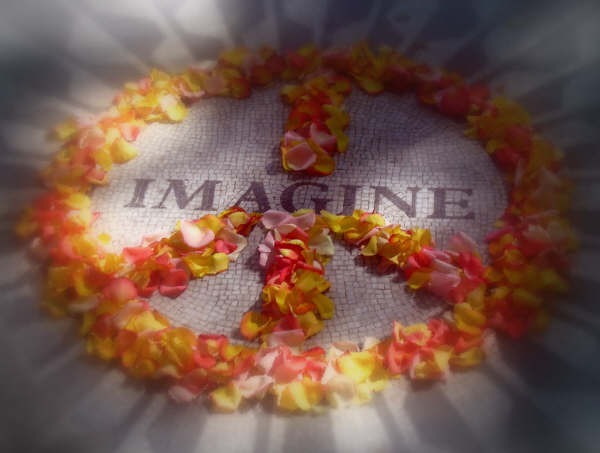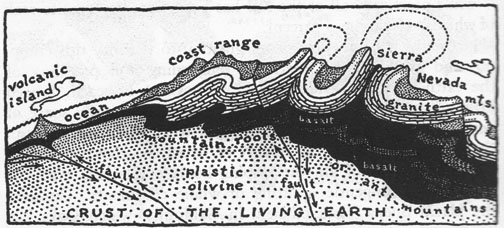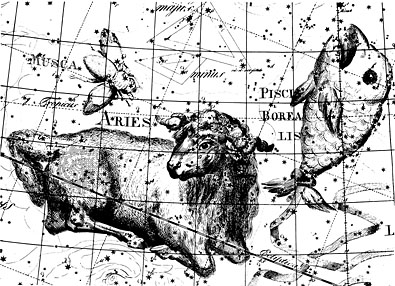The Bahá’í Calendar, arguably the least lunar calendar there is, has recently been given a lunar calculation of its own. Because the founders of the Bábí and Bahá’í religions were reported to have been born a day apart on the Islamic calendar (though two years apart), the Bahá’í leaders in Israel figured it would be nice to make this happen on their calendar. To do this, they marked the 8th new moon after No-Rúz in Tehran as the one most likely to be close to the time of year when the two prophets were born, and then had one prophet’s birth commemorated on the first day after that new moon and the other prophet’s birth commemorated on the day after that.

The commemorations will no longer occur on the actual dates of birth on the solar cycle (October 20 and November 12) or even the Islamic calendar, but rather, they will take place on different dates from year to year, as is done with Easter and Good Friday.
Calendars are an important tool for scheduling our activities. A farmer might use a solar calendar to plan a harvest. A Bedouin might use a lunar calendar to plan a journey across the desert. Many calendars are a hybrid between solar and lunar so that they can be used in accord with seasonal and lunar cycles. The Gregorian calendar, for instance, is precisely calculated to remain synchronized with the seasons. It is not so precise with respect to lunar cycles, each of its months being about a day too long to keep pace with the phases of the moon. Still, a Gregorian month can be used to loosely approximate a lunar month.


